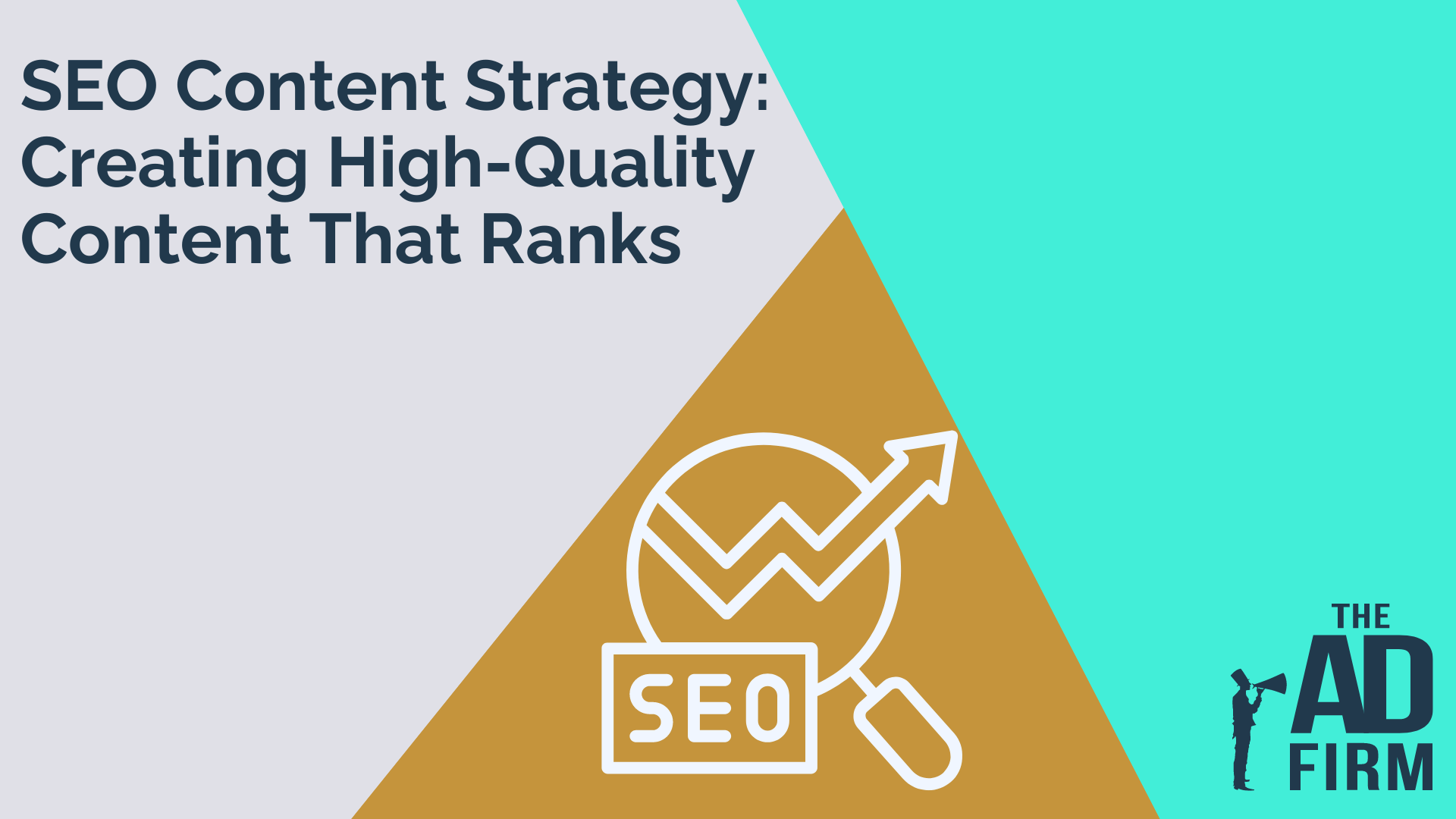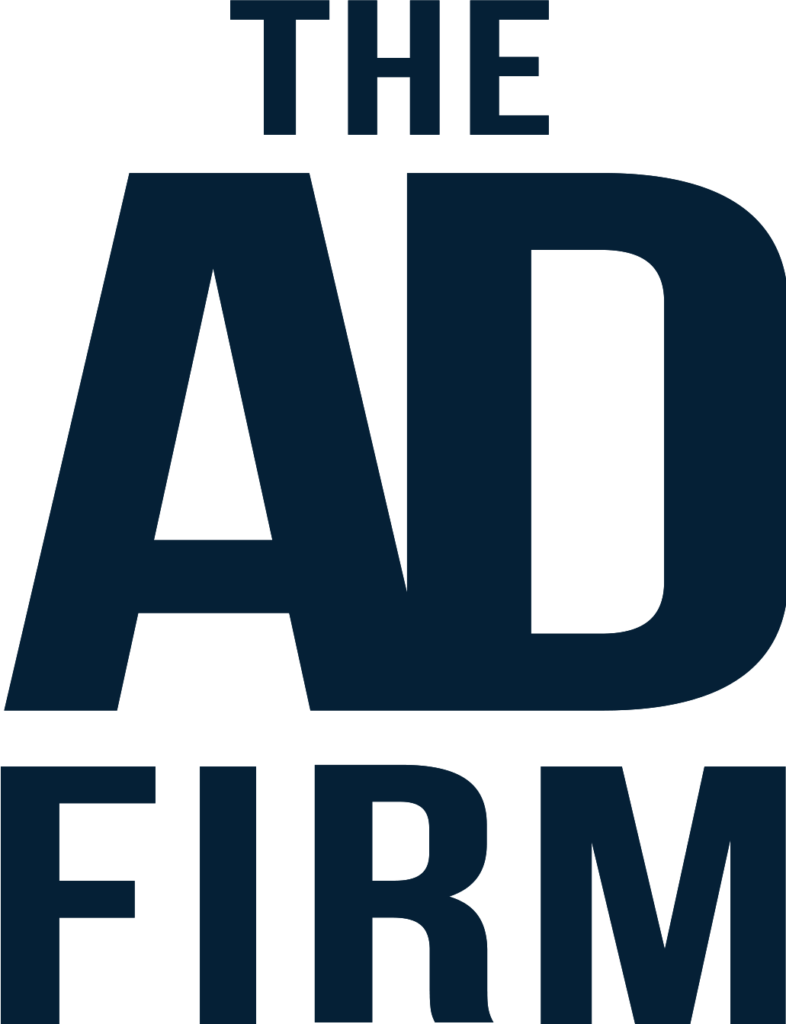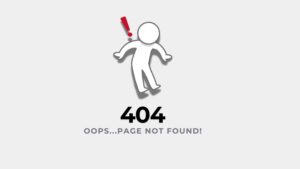Quality content doesn’t just capture attention; it engages, informs, and compels readers to act. At the heart of any successful content marketing campaign is SEO content creation, a key element supported by an effective strategy that drives organic traffic and boosts rankings in search engine results. This blog will break down the critical components of an effective SEO content strategy and how to create high-quality content that ranks, ensuring you are well-informed about the role of SEO in content creation.
Defining SEO Content Strategy
An SEO content strategy is the blueprint for creating, optimizing, and distributing content to achieve your marketing goals. It’s about crafting content that resonates with your audience and aligns with search engine algorithms to improve visibility and engagement.
A strong strategy ensures that every content contributes to your overall SEO goals. From keyword selection to content distribution, a clear strategy guarantees that your efforts are targeted and effective.
Crafting Engaging Headlines
Headlines are the first impression users get of your content, and they play a crucial role in boosting click-through rates (CTR). A strong headline captures attention, aligns with users’ search queries, and signals relevance to search engines.
To craft compelling headlines:
- Use power words: Words like “ultimate,” “proven,” or “best” can evoke curiosity and encourage clicks.
- Ask questions: Posing a question in your headline taps into readers’ natural desire for answers and engagement.
- Incorporate numbers strategically: Numbers can make your content more appealing by promising structured, actionable insights (e.g., “5 Tips for Effective SEO”).
- Ensure proper length: Keep your headlines concise for readability and SEO. Aim for 6-8 words to improve clarity and avoid getting cut off in search results. Use headline optimization tools to ensure your title fits the ideal SERP length.
Identifying Target Audience and Understanding Search Intent
Understanding your target audience is critical to creating content that resonates. Audience identification helps you align your content with the needs, preferences, and behaviors of those most likely to engage with it.
At the heart of identifying your audience is understanding search intent, which can be categorized as:
- Informational: Users seek knowledge (e.g., “how to optimize SEO”).
- Transactional: Users are ready to take action, such as making a purchase (e.g., “buy SEO services online”).
Here’s how to effectively identify your target audience and align with their intent:
- Create audience personas: Develop profiles reflecting the demographics and psychographics of your ideal customers.
- Analyze data: Use tools like Google Analytics to understand who visits your site and how they engage with your content.
- Conduct surveys or interviews: Gather feedback directly from your audience to learn their preferences and pain points.
Tailoring your content to your audience and their search intent will ensure better engagement and improve your SEO rankings.
Content Planning and Calendar
A well-crafted content calendar is the backbone of successful SEO services. It ensures that you consistently publish fresh, relevant content, which search engines favor. By organizing your content strategy around a well-structured calendar, you can better meet your SEO and audience engagement goals.
Effective content planning involves:
- Defining clear objectives: Determine the purpose of each content piece—whether it’s to drive traffic, increase engagement, or boost conversions.
- Focusing on key topics: Choose core subjects that align with your industry, audience interests, and overall SEO goals.
- Developing a structured content calendar: To keep your audience engaged, organize your content schedule around seasonal trends, industry events, and timely topics.
By planning and staying consistent, you can ensure that your audience remains engaged and your content is always aligned with your SEO strategy.
Keyword Research Techniques

Keyword research is fundamental to SEO success. By identifying search terms your audience uses, you can create relevant and easily discoverable content. The key is to balance search volume, competition, and user intent to find keywords that will help your content rank higher and attract the right traffic.
Here’s a streamlined approach to effective keyword research:
- Start with Seed Keywords: These basic terms are directly related to your business or niche, like “SEO services” or “content marketing.” They serve as a foundation for finding more specific, targeted keywords.
- Use Keyword Research Tools: Tools like Google Keyword Planner, SEMrush, and Ahrefs help you find relevant keywords by analyzing search volume, competition, and trends.
- Focus on Long-Tail Keywords: Long-tail keywords are phrases that are easier to rank for due to lower competition. These keywords align closely with user intent, capturing more focused searches from users ready to engage or convert.
- Evaluate Keyword Competition: Tools like SEMrush and Ahrefs assign difficulty scores to keywords, helping you choose keywords with manageable competition but high relevance.
- Monitor and Update Keywords Regularly: Search behavior evolves, so it’s important to revisit your keyword strategy periodically. Tools like Google Analytics and Google Search Console can help you track performance and make adjustments as needed.
By following these techniques, you can ensure your content is built on a solid keyword foundation, making it more likely to rank well in search results.
On-Page SEO Best Practices
Creating high-quality content is the cornerstone of successful SEO. On-page SEO goes beyond keyword placement; it focuses on ensuring that content is valuable, engaging, and easy for both users and search engines to find. To create content that ranks, here are essential on-page SEO practices to follow:
Focus on User Intent and Relevance
Search engines prioritize content that satisfies user intent, so the first step in high-quality content creation is understanding what your audience is searching for. When you align your content with user intent, you increase the chances of ranking well and attracting relevant traffic. Key considerations include:
- Answering Queries: Your content should directly answer questions or provide solutions to problems that users are searching for.
- Providing Value: Offer in-depth information that goes beyond the basics. Make your content stand out by offering unique insights, actionable steps, or detailed examples.
- Staying Relevant: Ensure your content remains aligned with trending topics, emerging questions, or industry changes.
Optimize Content Structure for Readability
Content structure plays a significant role in user experience and SEO. Search engines favor content that is organized and easy to read. Optimize your structure by using:
- Clear Headings (H1, H2, H3): Break down your content with descriptive headings and subheadings to make navigating easier for users and search engines.
- Short Paragraphs: Avoid long, dense paragraphs that may overwhelm readers. Use short, concise paragraphs to improve readability.
- Bullet Points and Lists: Use bullet points or numbered lists to make complex information more digestible and easy to scan.
- Internal Links: Add internal links to guide users to other relevant pages on your site. This will help them find more useful content and improve the flow of your website.
Use Engaging, Relevant Media
Including multimedia elements like images, videos, and infographics can significantly enhance your content’s appeal and user engagement. Search engines also consider user engagement metrics like time on page and bounce rate, so high-quality media helps:
- Boost Engagement: Visual elements make your content more engaging, lowering bounce rates and encouraging visitors to spend more time on the page.
- Provide Context: Use images or videos that directly complement your content, adding value and depth to your information.
- Improve SEO: Optimize all media with relevant alt text, descriptive filenames, and compressed formats to ensure fast load times and proper search engine indexing.
Measuring Content Performance
Creating content is just the first step; tracking its performance ensures your strategy works. Tools like Google Analytics, SEMrush, and Ahrefs can help you evaluate your content’s effectiveness in traffic, engagement, and conversions.
Key Performance Metrics to Track
Here are the most important metrics to monitor:
- Page Views: Shows how many users visit your page. High page views indicate good visibility but need to be balanced with engagement metrics.
- Bounce Rate: Measures the percentage of visitors who leave after viewing one page. A high bounce rate may indicate your content isn’t relevant or engaging.
- Time on Page: Tracks how long visitors stay on a page. More time indicates that users find the content valuable.
- Conversion Rate: Measures how many visitors complete a desired action, like signing up or purchasing.
- Click-Through Rate (CTR): Tracks how often users click on your content in search results or social media. A low CTR could signal that your headline or meta description needs improvement.
A/B Testing for Continuous Improvement
A/B testing is a powerful method for refining your generative search engine optimization strategy. It allows you to compare different versions of a webpage, headline, or call-to-action to determine which version performs better in engagement and conversions. As part of comprehensive digital marketing services, A/B testing is crucial in providing data-driven insights that help optimize every element of your strategy.
Digital marketing services often rely on A/B testing to fine-tune various campaign components, such as content, landing pages, and ad copy. This ensures that each piece of content or ad is crafted to achieve the highest possible engagement and conversion rates. By experimenting with different variations, digital marketers can pinpoint what works best and make informed decisions to enhance the overall effectiveness of their strategies.
For example, you might test two headlines—one that uses powerful words and another that is more straightforward. After running the test, you can analyze which headline led to higher click-through rates (CTR) or engagement. Similarly, you can experiment with different CTA placements or languages to identify which version encourages more users to take action.
Updating and Repurposing Existing Content

Content creation doesn’t always have to start from scratch. In fact, some of the most successful SEO strategies focus on updating and repurposing existing content. This approach not only saves time but also maximizes the value of your existing material. As search engines prioritize fresh, relevant content, regularly updating and repurposing older posts can help improve rankings, boost engagement, and extend the lifespan of your content.
Why Updating Existing Content Matters
Over time, content can become outdated due to changes in industry trends, advancements in technology, or shifts in search engine algorithms. Regularly revisiting and updating your existing content keeps it relevant to your audience and more aligned with current search intent.
Here’s why updating existing content should be a priority:
- Improved Search Engine Rankings: Search engines, particularly Google, prioritize content that is up-to-date and relevant. When you update older content with new data, insights, or trends, it signals to search engines that your website offers fresh, valuable information.
- Enhanced User Experience: Visitors are more likely to engage with content that feels current and accurate. Updating outdated statistics, broken links, or obsolete advice helps retain your audience’s trust and improves their overall experience on your site.
- Maximized ROI: By refreshing existing content, you’re extending its value without the need to create something entirely new. It’s a cost-effective way to leverage your past efforts while still delivering value to your audience.
How to Update Existing Content Effectively
Updating content requires a thoughtful approach. It’s not just about making small tweaks—it’s about transforming your old content into something more relevant, engaging, and optimized for today’s search landscape. Here’s how to do it effectively:
- Audit Your Content: Start by analyzing your existing pages. Focus on those that have potential but aren’t performing well. Look for evergreen topics and content that used to get high engagement.
- Update Stats and Data: Replace outdated statistics or information with current data. Use trusted sources to ensure accuracy.
- Fix Broken Links: Check for and update any broken or outdated links. Use tools to find and replace these links with relevant sources or internal links.
- Expand and Enhance: Add more depth to your content by including new examples, addressing updated questions, or diving deeper into the topic. Comprehensive content tends to rank better.
- Reoptimize for SEO: Research new keyword trends and optimize the content accordingly. Ensure your keywords reflect current user intent and structure content to increase chances for featured snippets.
Start Creating High-Quality Content
Now that you clearly understand what goes into a winning SEO content strategy, it’s time to implement it. Crafting high-quality, SEO-optimized content requires time and effort, but the results — increased rankings, traffic, and conversions — are well worth it.
Ready to take your content to the next level? At The Ad Firm, we specialize in SEO-driven content strategies that help businesses like yours reach the top of search engine rankings. Contact The Ad Firm today to see how we can elevate your digital presence and turn traffic into conversions.









